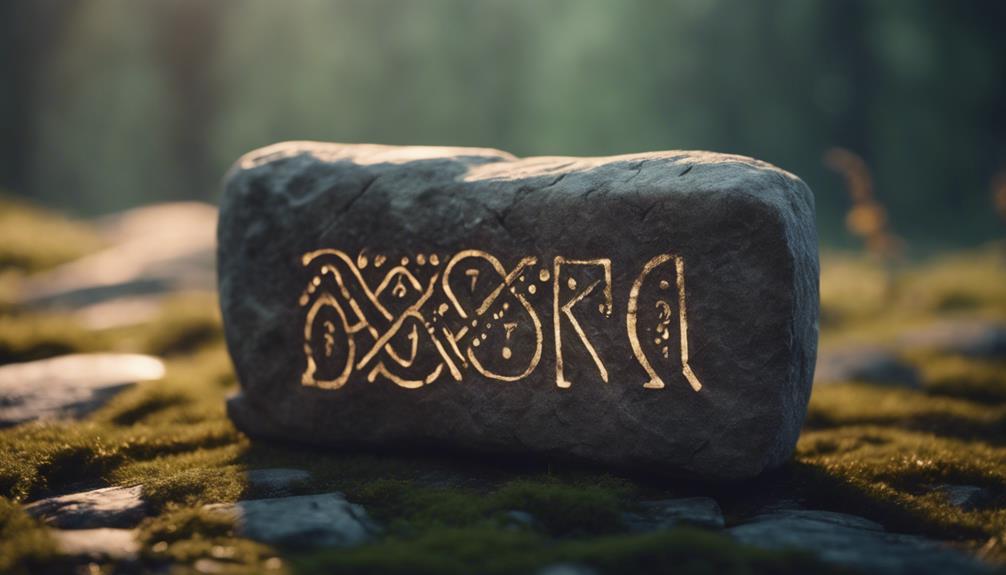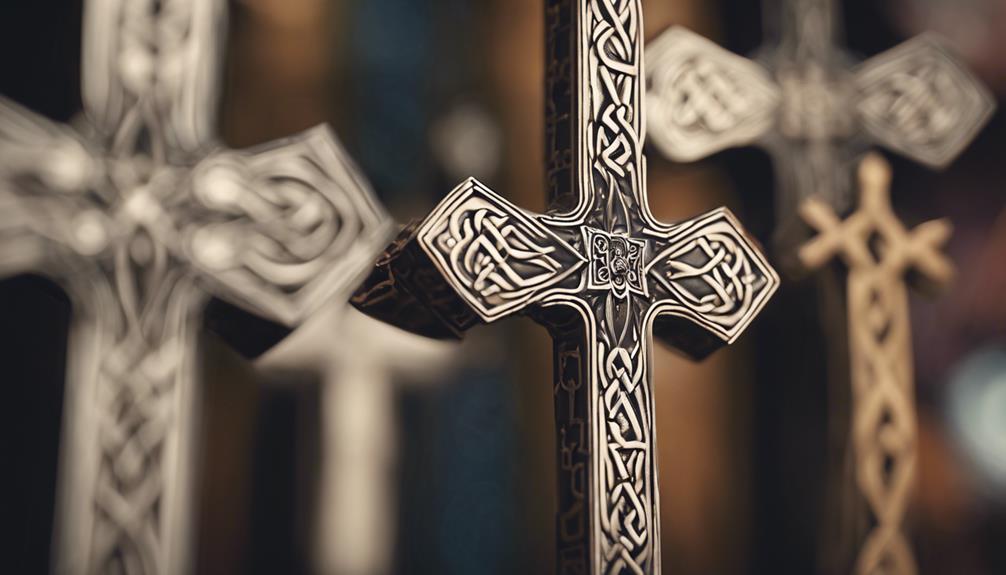Picking between unleaded and premium gas? The main difference is the **octane rating**. Premium gas has a higher octane rating, which lessens engine knocking. High-compression engines need premium, while regular gas fits low-compression ones. Your car’s performance and upkeep hinge on the right fuel type. Choosing wisely not only boosts engine efficiency but also reduces maintenance costs over time. Knowing these differences helps you get the most out of your car and its lifespan. Curious about octane ratings, cost comparisons, and tips on gas choice? Dive in for more!
Key Takeaways
- Octane rating: Premium gas has a higher octane level, reducing engine knocking.
- Engine compatibility: High-performance engines benefit from premium gas, while regular gas suits standard engines.
- Price variance: Premium gas costs more due to higher octane levels, impacting long-term expenses.
- Manufacturer recommendations: Referring to the owner's manual is crucial for selecting the right fuel type.
- Maintenance costs: Using premium gas unnecessarily can lead to higher maintenance expenses; choose based on engine requirements.
Octane Rating Importance
Understanding the importance of octane ratings is vital when choosing between unleaded gas and premium fuel. The octane rating of gasoline indicates its ability to resist engine knocking and pre-ignition, which are essential factors in maintaining your engine's health and performance.
Premium gas, with its higher octane rating of 90 or more, provides added protection against these issues compared to regular unleaded gas, which typically falls around 87 on the scale. Ensuring you use gasoline with the correct octane rating is key for efficient engine function and effectiveness.
Different engines have varying performance needs, and selecting the appropriate octane rating can dramatically impact how your engine operates. By understanding the significance of octane ratings, you can make informed decisions about the type of gasoline that best suits your vehicle's requirements, ultimately enhancing its performance and longevity.
Price Variance

When comparing unleaded gas and premium, one noticeable difference is the price variance between the two options. Premium gas typically costs around 20 to 40 cents more per gallon than regular unleaded gas. This difference in cost can accumulate substantially for drivers who use their vehicles frequently.
The primary reason for this price gap is the higher octane rating and additional additives found in premium gasoline. Regular unleaded gas, on the other hand, is always cheaper than premium gas, making it a more economical choice for some drivers.
Understanding the price variance between regular and premium gas is essential as it can help drivers make informed decisions based on their vehicle's requirements and their budget constraints. By considering these factors, drivers can determine which type of gas best suits their needs without overspending on unnecessary features.
Vehicle Compatibility

For peak engine performance, it's essential to match the gasoline octane rating with your vehicle's recommended specifications. Different engines have varying compression levels, which determine the type of fuel they require.
High compression engines, commonly found in high-performance vehicles or turbocharged engines, often need premium gasoline with higher octane ratings to function at their best. Using regular unleaded gas in these engines can lead to issues like engine knocking and decreased performance.
On the other hand, vehicles with low compression engines can run efficiently on regular unleaded gas with an octane rating of 87. To determine the suitable gasoline for your vehicle, always refer to your owner's manual for specific recommendations.
Choosing the right fuel not only enhances your engine's performance but also contributes to better fuel economy and overall vehicle compatibility. Make sure to follow the guidelines provided by the manufacturer to keep your engine running smoothly.
Engine Performance Factors

When considering engine performance factors, it's essential to understand the importance of octane ratings and their impact on your vehicle.
Higher octane levels in premium gasoline can help reduce knocking and pre-ignition problems, leading to smoother engine operation.
Additionally, choosing the right fuel type can't only enhance your engine's performance but also improve fuel efficiency, ultimately benefiting your vehicle in the long run.
Octane Rating Importance
Understanding the importance of octane rating in fuel is essential for maximizing engine performance and efficiency. The octane rating indicates a fuel's resistance to pre-ignition in combustion engines.
Premium gas typically has a higher octane rating, reducing the likelihood of knocking and ensuring smooth engine operation. For high-performance or turbocharged engines, using fuel with a higher octane level can be advantageous.
It's vital to follow the manufacturer's recommendation for the correct octane rating to achieve peak engine performance. Octane rating plays a significant role in combustion timing, engine efficiency, and overall fuel economy in vehicles.
Selecting the right fuel type with the appropriate octane rating is crucial for maintaining your engine's health and optimizing performance.
Fuel Efficiency Impact
To enhance your vehicle's fuel efficiency, consider how the octane level of the gasoline you use impacts engine performance.
Premium gas with a higher octane rating can improve fuel efficiency in high-performance engines. Using regular unleaded gas in vehicles that require premium can lead to reduced engine performance.
The octane level plays an important role in the combustion process within the engine, directly affecting fuel efficiency. It's essential to use the recommended fuel type for your vehicle to optimize both engine performance and fuel economy.
Engine knocking and poor combustion can lower fuel efficiency, underscoring the significance of using the correct gasoline for your vehicle's engine. Choose wisely to make sure your vehicle operates at its peak efficiency level.
Cost-Effectiveness Comparison

For many drivers, choosing regular unleaded gas over premium can result in significant cost savings, given the price difference of 20-40 cents per gallon. If you're looking to be cost-effective with your fuel choice, regular unleaded gas is the way to go. This choice is more budget-friendly, especially for high-mileage vehicles.
By opting for regular gas instead of premium, you can save money in the long run. The price disparity between regular unleaded and premium gas can add up over time, making regular gas a more sensible option for those looking to stick to a budget.
When considering the cost-effectiveness of your fuel, keep in mind that regular unleaded gas offers you the opportunity to save those extra cents that might seem insignificant at first but can accumulate into substantial savings. So, next time you're at the pump, think about how regular unleaded gas can be a smart financial decision for your high-mileage vehicle.
Maintenance Considerations

When considering maintenance for your vehicle's engine, it's important to understand the differences in performance between regular and premium gas.
Proper fuel system maintenance is vital to guarantee your engine runs smoothly and efficiently.
Selecting the correct gasoline type based on your car's requirements can impact the overall cost of maintenance in the long run.
Engine Performance Differences
Using regular unleaded gas in a vehicle that requires premium gas can result in engine knocking and potential damage, necessitating higher engine maintenance costs. To understand how fuel choice impacts engine performance, consider the following:
- Premium gas with higher octane levels is essential for top performance in high-compression engines.
- Regular unleaded gas burns faster and is suitable for engines with low compression ratios.
- Engine knocking occurs when fuel ignites prematurely, leading to decreased performance and potential damage.
- Following the manufacturer's guidelines in the owner's manual is vital for maintaining engine performance and longevity.
Fuel System Maintenance
To maintain peak performance in your vehicle, regular fuel system maintenance is crucial, including tasks like cleaning fuel injectors and replacing fuel filters. Neglecting these maintenance routines can result in fuel system issues such as clogs, poor fuel efficiency, and engine misfires. By staying proactive with your fuel system maintenance, you can prevent costly repairs and ensure your engine runs smoothly. Below is a table summarizing the key aspects of fuel system maintenance:
| Maintenance Task | Importance |
|---|---|
| Cleaning fuel injectors | Guarantees proper fuel delivery |
| Replacing fuel filters | Prevents debris from entering engine |
Cost Implications for Maintenance
Given the cost implications for maintenance, it's essential to make informed decisions regarding the type of gasoline you use in your vehicle. Here are some key points to take into account:
- Premium gas may cost 20 to 40 cents more per gallon than regular gas, impacting maintenance expenses.
- Using premium gas when not required can lead to unnecessary maintenance costs.
- Regular gas is generally cheaper than premium gas, making it a cost-effective option for maintenance.
- Opting for regular gas in a vehicle that doesn't need premium can help save on maintenance expenses.
Consumer Decision Making

How do consumers typically evaluate their options when choosing between unleaded gas and premium gas?
When making this decision, it's crucial to take into account factors such as engine performance, manufacturer recommendations, and the octane rating of the fuel.
The octane rating indicates the fuel's ability to resist engine knocking, a condition that can impact performance.
While most vehicles run perfectly fine on regular unleaded gas, premium fuel is often recommended for high-performance or turbocharged engines to maximize their efficiency.
To make an informed choice, refer to your owner's manual for the manufacturer's suggestions. Experimenting with different fuel types can also help determine which option is most suitable for your vehicle's performance and longevity.
Frequently Asked Questions
Is There Really a Difference Between Unleaded and Premium?
Yes, there is a difference between unleaded and premium gas. Premium gas has a higher octane rating to prevent engine knocking. Using the right type as per your manual boosts engine performance. It's worth the extra cost for some vehicles.
What Does Regular Unleaded Gas Mean?
Regular unleaded gas is the standard fuel choice for most vehicles. It's lead-free, environmentally friendly, and typically rated at 87 octane. Using it guarantees smooth combustion. Make the eco-conscious and wallet-savvy choice for your car.
What Are the 3 Types of Gasoline?
There are three types of gasoline: regular unleaded (87 octane), mid-grade (89 octane), and premium (91-94 octane). Each type varies in octane rating, affecting fuel stability and ignition resistance. Upgrade wisely for best engine performance.
What Happens if I Accidentally Put Premium Gas Instead of Unleaded?
If you accidentally use premium gas instead of unleaded, don't fret. Your car won't suffer any damage. However, you might waste money since the benefits won't apply. Stick to what your manual recommends to avoid unnecessary expenses.
How Does the Cost of a Gold IRA Compare to the Price Difference Between Unleaded Gas and Premium?
When comparing gold IRA costs understanding to the price difference between unleaded gas and premium, there is no direct correlation. The cost of a gold IRA depends on factors like gold prices, storage fees, and any additional services offered by the custodian. On the other hand, the price difference between unleaded gas and premium is determined by the refining process and supply-demand dynamics in the oil market. Hence, these two concepts are not directly related.
Conclusion
In wrapping up, selecting between unleaded gas and premium boils down to understanding your vehicle's needs and your budget.
Just like different tools serve different purposes, different types of gas cater to different engines. By picking the right fuel for your car, you can guarantee peak performance and longevity.
Remember, the choice is yours to make – so choose wisely and keep your engine running smoothly for miles to come.










